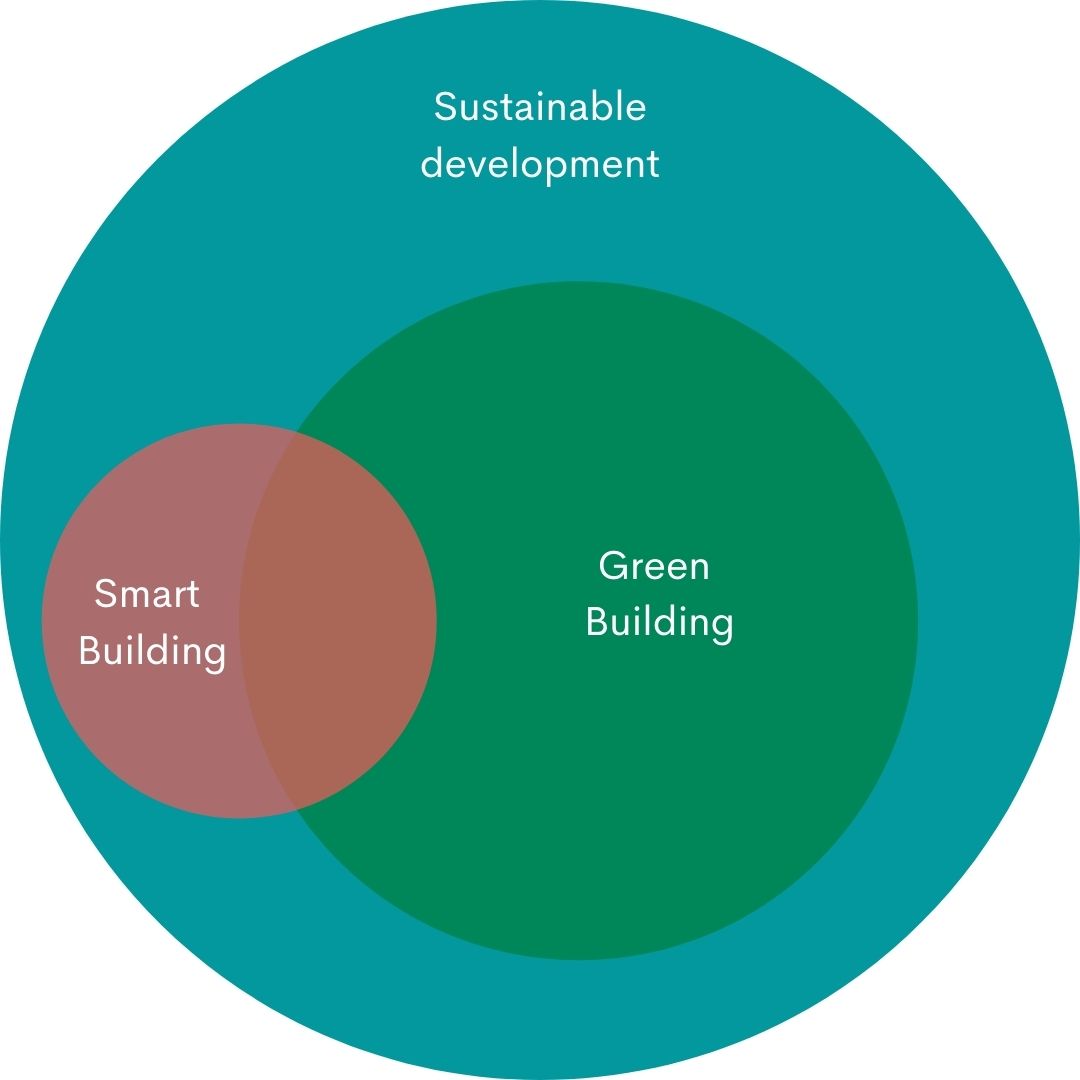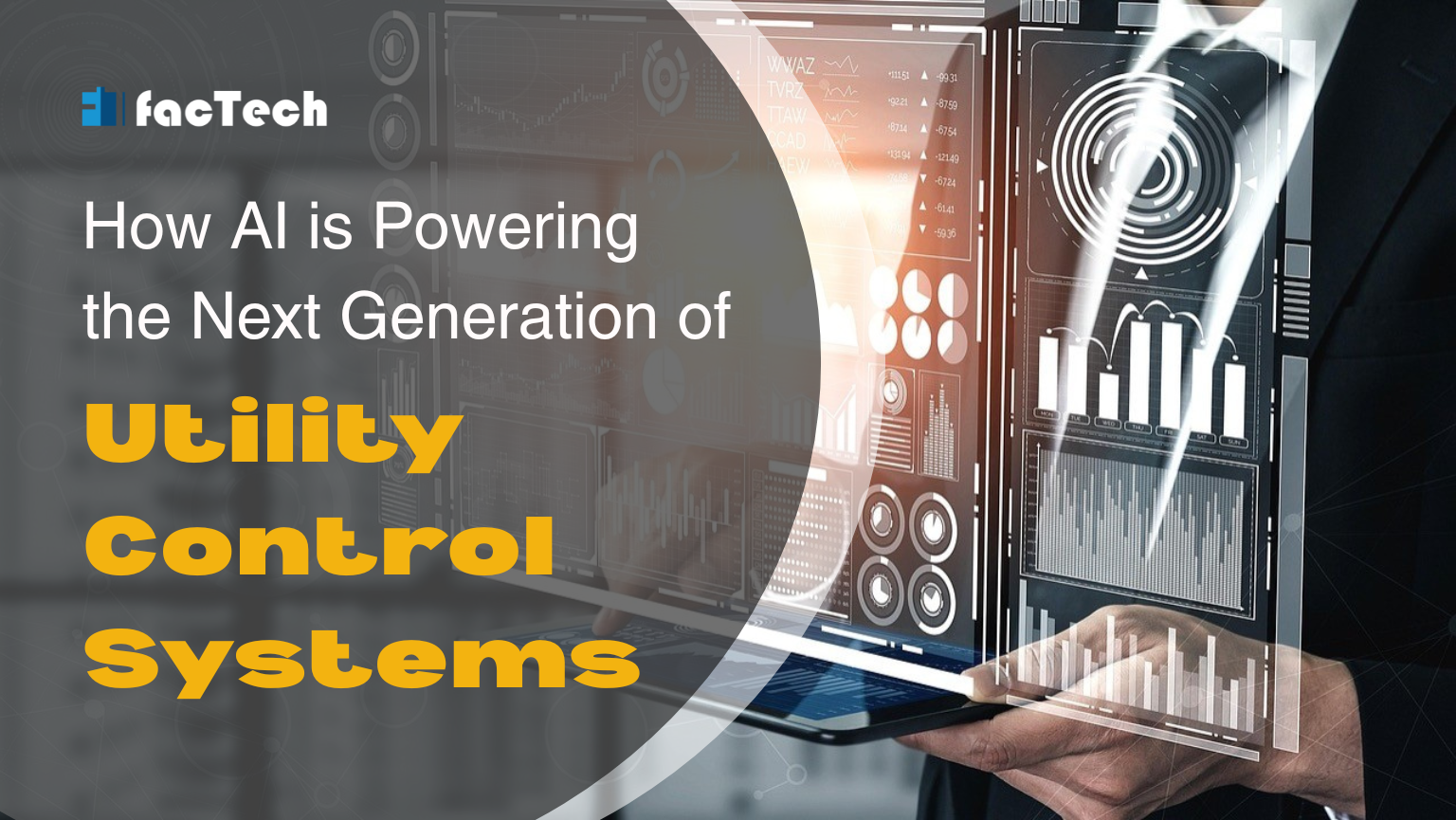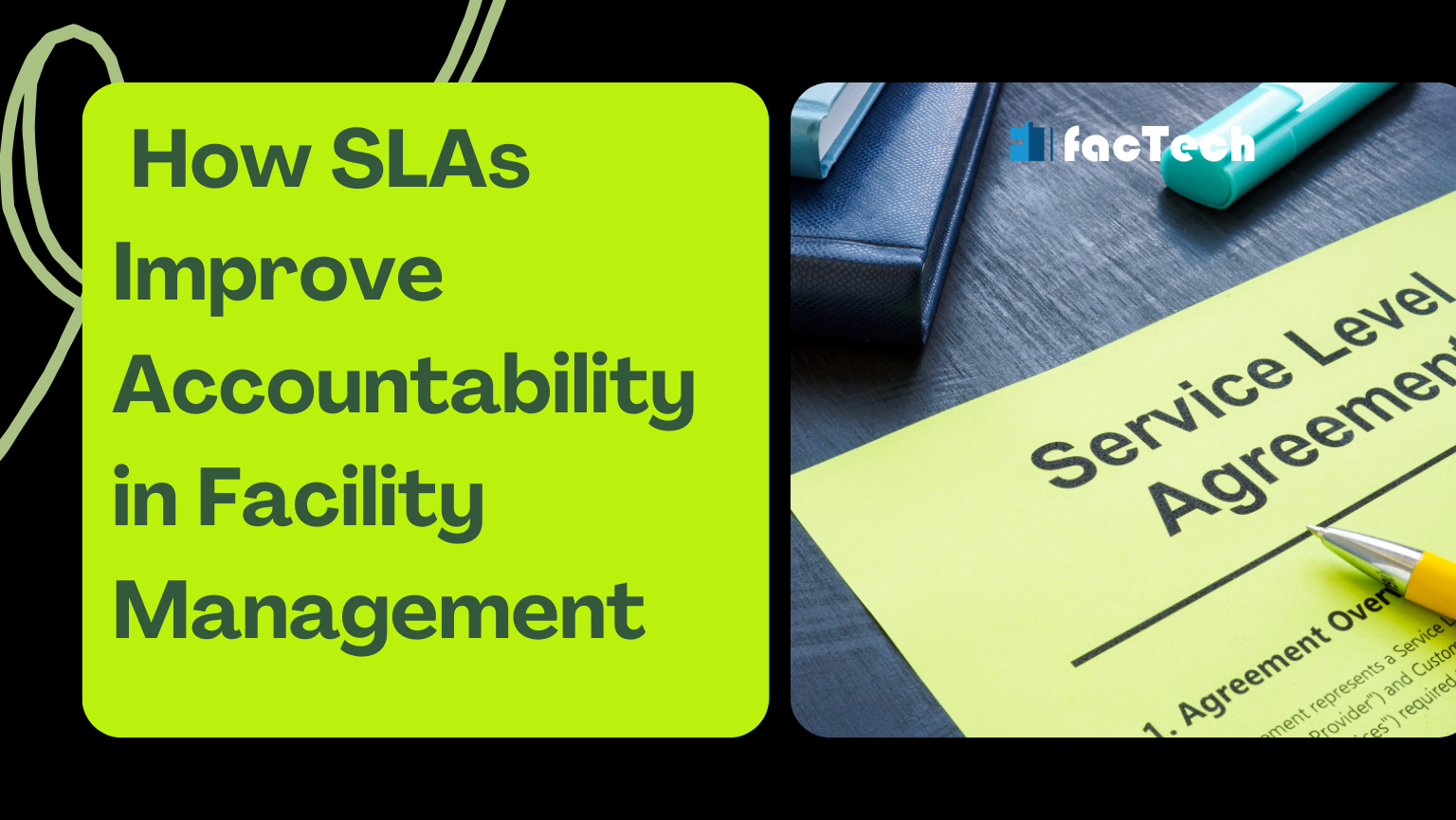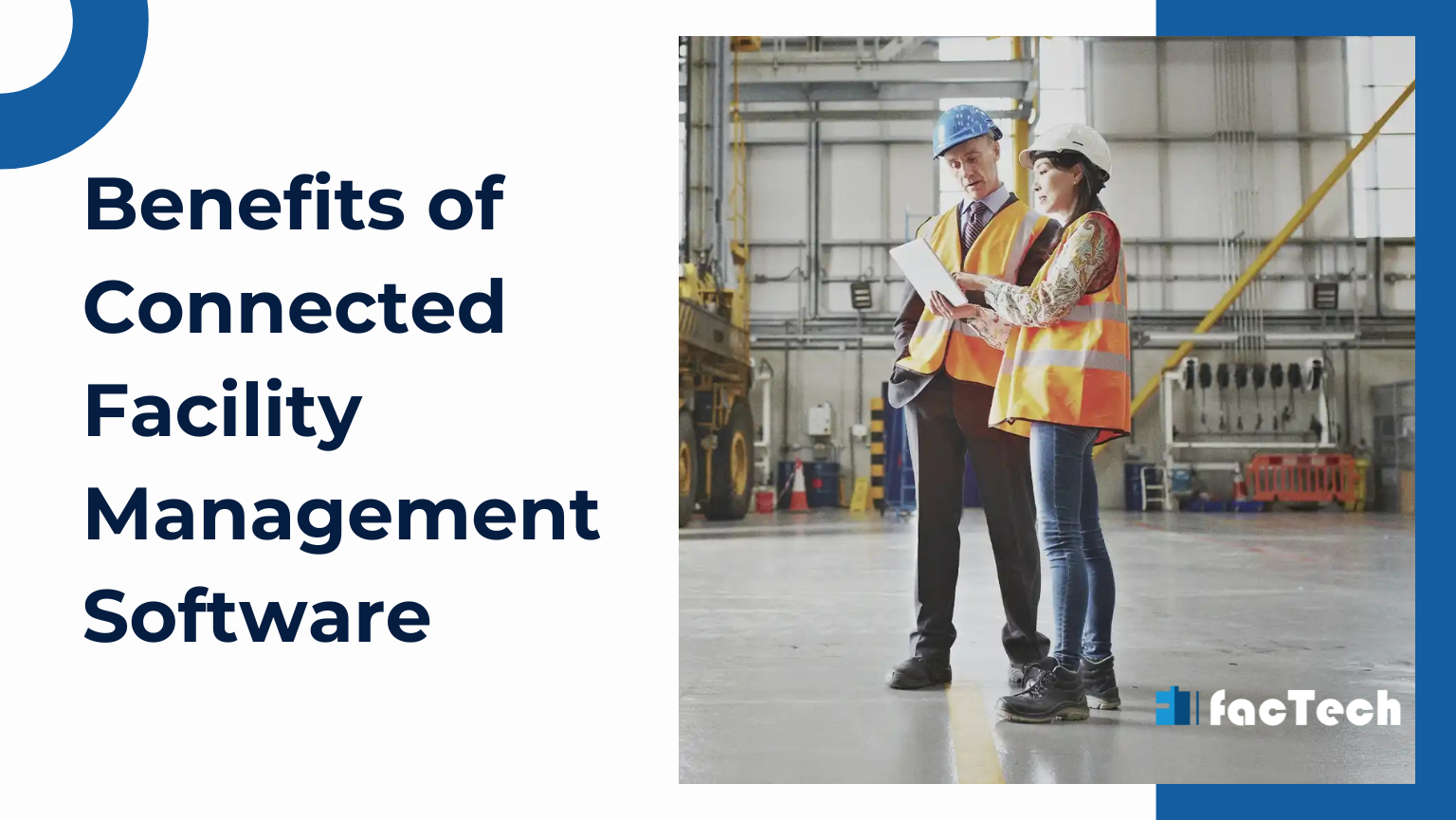Role of digital facility management- Smart buildings, Green buildings, and Sustainable development.
Smart building vs Green building vs Sustainable development
We often hear these terms and the talk about them is becoming more and more prominent in the last few years. Let us understand what is the difference between these terms and how do they matter more in the current scenario.
As clear from the figure above some things are specific and others are broader in meaning. But one thing is clear, the overall objective is somewhat aligned in all three terms. It is to save energy, reduce or process wastage, use alternate and safer sources of energy and thus meet the needs of the present without compromising the ability of future generations to meet their own needs.
In this situation, commercial and residential buildings have a substantial impact on sustainable development as the buildings are responsible for more than 40% of the world’s total primary energy consumption and contribute to 33% of global total emissions.
And the best part is that the building sector has the greatest potential to deliver significant cuts in energy consumption and carbon emissions at very little or no cost.
That is where the digital facility system comes to the rescue.
The Green building concept covers the whole building life cycle i.e from planning to design, construction, operations, maintenance, renovation, and demolition.
Smart buildings make use of smart and digital facilities to play a major role in the operation and maintenance heads of the Green building concept. Now we can understand that green building is a subset of sustainable development and the smart building is further a subset of green building.
After this clarity over the futuristic and modern yet very critical concepts, we will see the ways in which digital facility plays important role in the operation and maintenance of buildings to push for sustainability.
- Data is the key to understanding your energy patterns — analyze and improve: A CAFM system will capture the energy consumption readings, and run AI algorithms to give you energy-saving action points. Trends and patterns from energy monitoring provide key insight on how to calibrate HVAC, lighting, and other asset run-times to bring more efficiency to their operations.
- Running building operations paperless: This is another key area that reduces turnaround time for the tasks, saves tons of paper, thus increasing the productivity of employees and saving on resources.
- Well maintained Assets reduce breakdowns and energy consumption– If assets are not in a healthy condition they become more prone to breakdown and also consume more energy. Here is a digital system that assures the execution of timely planned maintenance tasks through an end-to-end transparent workflow of asset registry, work-orders, checklists, and live KPI-based reports.
- Predictive management through IoT/sensors: Sensors like heat, water, air, dust, pressure, etc. lets you know lots of things before the damage or waste occurs. When DG is heating abnormally it tends to consume more fuel and eventually break down. A heat sensor in this situation sends alerts so that timely action can be taken. Similarly, such sensor-based alerts can largely reduce water, electricity, and other wastages.
Click here to start your digital maintenance and operations












October 28, 2022 at 5:05 pm |
[…] Role of digital facility management- Smart buildings, Green buildings, and Sustainable development. […]